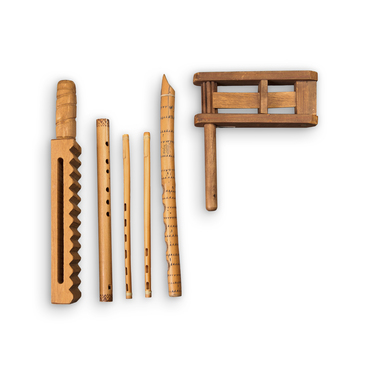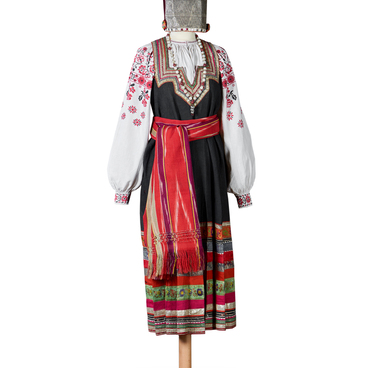The history of wooden tableware goes back to the distant past. Our ancestors carved many household items and kitchenware from wood, which is easily processed, and aesthetically pleasing. Wooden plates and dishes from the 15th–16th centuries have been found during the excavations of Veliky Novgorod. They are almost indistinguishable from the plates and dishes made by craftsmen in the 19th century.
In Russia, wood was considered a popular material capable of fully reflecting the specifics and features of Russian art. Festive tableware was decorated with carvings and paintings and was made of expensive types of wood. The craftsmanship and secrets of the artisans were passed down from generation to generation, and these people were always respected among the residents of villages and towns.
Wooden plates with the inscription “Give us this day our daily bread” were very common at the turn of the 19th–20th centuries. Today, they can be found in many museums. The images on the plates are about the same: a sheaf of wheat, a plow, a harrow, sickles, flails, scythes, and rakes. However, the inscriptions vary. Some of the inscriptions include: “The hut is rich with what it has“; “A house is good with corners, while a table with pies“; “Eat for the health of the host“; “A golden land is where a loaf of bread is“; “Rye bread is the grandfather of a soft roll“; “Bread and salt“; “Eat bread and salt, and speak the truth“; “Take food, respect the hostess.“
By the end of the 19th century, such plates were widely used in households as traditional Russian utensils. They were known as “presentation plates.” Usually the dishes were gifted in pairs with salt cellars, which were also made of precious wood and decorated with intricate patterns. The decoration of the items and their rather simple lathe forms were designed for the mass customer. The most common presentation plates among all social strata featured Christian symbolism.


